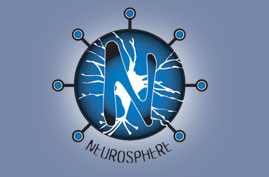Some Neurospherical Organizations
Wholeness and Virtual Communities
Global Voices
“A growing number of bloggers around the world are emerging as “bridge bloggers:” people who are talking about their country or region to a global audience. Global Voices is your guide to the most interesting conversations, information, and ideas appearing around the world on various forms of participatory media such as blogs, podcasts, photo sharing sites, and videoblogs.”
http://www.globalvoicesonline.org/
Sacred World Foundation
“The Sacred World Foundation is a state of the art research and design think tank whose projects are exploring innovation created by building bridges between techno and traditional cultures.”
http://www.sacredworld.com/
Reporters Without Borders
“On 27 February 2006, 119 journalists and 57 cyberdissidents were still imprisoned simply for wanting to provide us with information.”
http://www.rsf.org/rubrique.php3?id_rubrique=20
www.internet.rsf.org
